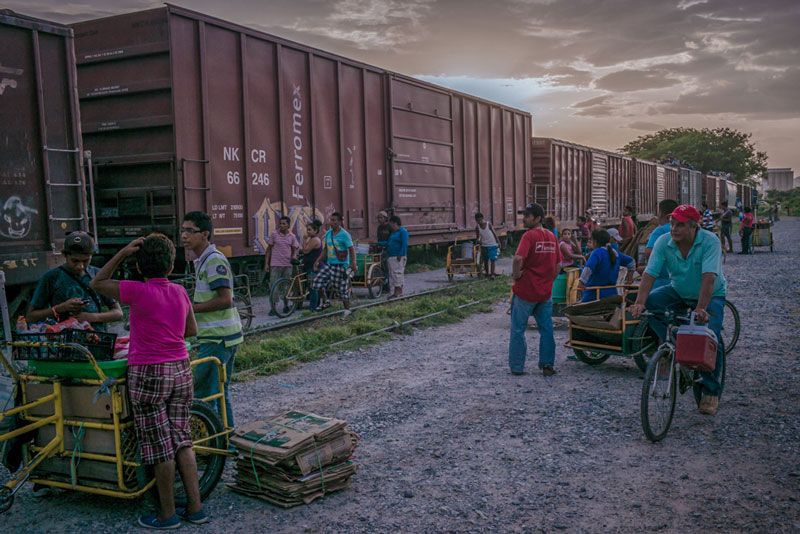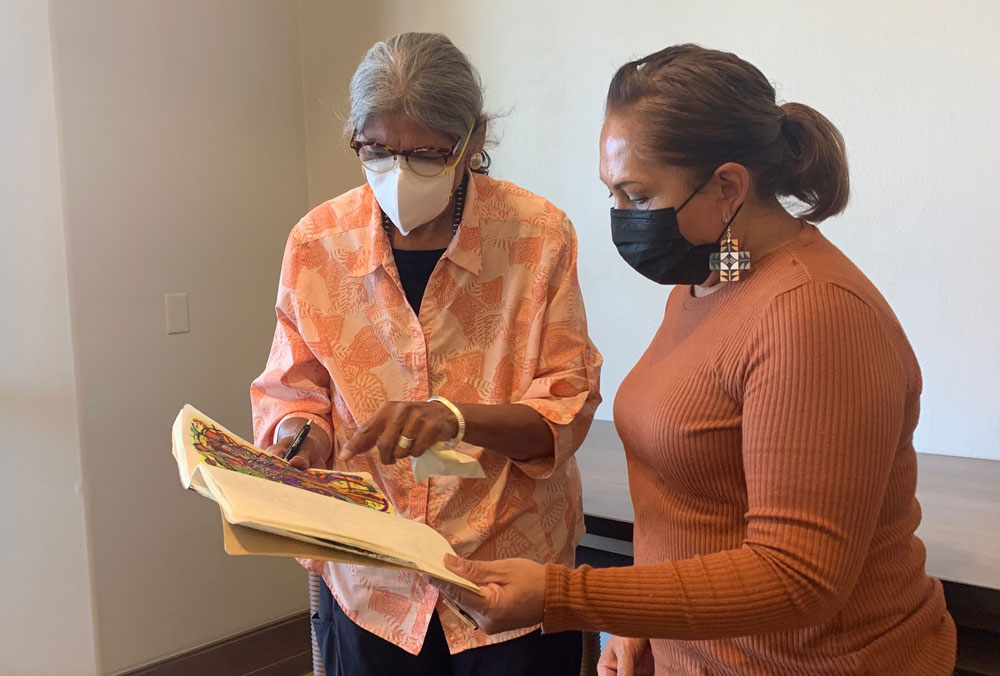What does it mean for the Luce Foundation to support public knowledge?
By Sean Buffington, Vice President
We have always believed that knowledge can make a difference in the world—and in order to do so, it must be in the world, in the hands of those who can make use of it.
But we have also been prompted by our partners and by the work we’ve funded to ask ourselves hard questions about the knowledge ecosystem in which we participate. Who counts as a knowledge maker? What audiences or publics do we value and hope our grantees will try to reach? Is the line between knowledge maker and audience so clear anyway?
And what do we mean by “knowledge” and “making a difference” in the first place? What knowledge do we think is worth sharing? What are the different kinds of impact we hope knowledge will make—and on whom?
These are questions the Foundation hasn’t answered. But in some of our recent grants, we’ve begun to explore new ways of thinking about public knowledge and to experiment with new ways of putting knowledge to work. These grants exemplify a few common themes that cut across projects and programs; they represent promising avenues for the development of future philanthropic strategy.
Unrecognized Knowledge Makers
The Luce Foundation has long supported formal knowledge institutions and the individuals who work in them: scholars, curators, policy researchers, scientists, etc. These institutions and individuals are important, but they are not the only knowledge makers and sites of knowledge production that are generating important ideas. These other knowledge makers often go unrecognized by donors, by the media, and by the broader public. They may not hold credentials like degrees or certifications. They may be individuals who have been excluded from or marginalized within formal knowledge institutions because of race or gender or religion or legal status.
Today, the Luce Foundation is increasingly looking to such individuals and communities as alternative sources of knowledge.
The recent grant to the Santa Fe Indian School’s Leadership Institute—made by the Religion & Theology Program and the Native American leadership initiative—exemplifies this new understanding. The Leadership Institute team recognizes that the spiritual health of Indigenous communities has been severely affected by COVID-19. But they also know that the knowledge to restore community well-being is within those communities. So, they have asked those communities to define what spiritual recovery means for them and to design projects to pursue this goal. The knowledge produced will be preserved for the use of those communities in the future.
Knowledge Makers in Unexpected Places
More and more, knowledge makers are working outside the academy, making professional homes for themselves in more directly public-facing organizations. These knowledge makers are embedding themselves in places we don’t think of as knowledge centers. Some are reacting to a paucity of jobs in academia. Others are responding to the lack of welcome and support offered to women, people of color, and others by many knowledge organizations. Many, though, are also seeking a more direct pathway to impact by putting their skills in the service of communities.
The Foundation’s recent grant to the American Council of Learned Societies—to which all of the programs contributed—is enabling recent humanities PhDs to work on COVID-19-related projects for community-serving, non-profit organizations. The most recent cohort of 12, which includes scholars of religion, ethics, anthropology, and literature, will be working with the Southern Poverty Law Center, the American Friends Service Committee, and the Kairos Center, among others. They will help to map African immigrant communities, collect the testimonies of incarcerated people affected by COVID-19, educate voters about sheriffs’ elections, and record the oral history of COVID-19 vaccine trials.
Knowledge Embedded in Practice
Knowledge doesn’t only help to shape and inform practice; practice is itself a form and source of knowledge. Often, we see the knowledge produced by practice only when it’s described, analyzed, and systematized by scholars. But it’s practitioners—not professors—who are the producers of this knowledge.
The American Art Program has supported museums’ efforts to engage with artists as well as scholars. The Mystic Seaport Museum in Connecticut, for example, invited artist Mary Mattingly to curate an exhibition from its collections. As an artist, Mattingly approached the collection very differently than curators did. And the show she created, Open Ocean, was as much artwork and essay as it was exhibition. By inviting a practitioner into their institution, the curatorial team was able to think in new ways about the collection, to identify new stories to tell, and to infuse new meanings into familiar objects.
Knowledge as Action
Knowledge inspires and informs public action. But knowledge can also be a form of public action in its own right. The release of the Pentagon Papers showed that simply making information publicly available can provoke significant policy change. That example is a particularly dramatic one. The Vietnam Veterans Memorial is perhaps more quiet, more personal, but no less significant: the public display of the names of those who died became an act of national remembrance and reconciliation.
New York University’s Hemispheric Institute of Performance and Politics has been mobilizing students and faculty, with the support of the Henry R. Luce Initiative on Religion in International Affairs, to create an enduring document of the migration crisis in Central America. Participants in the Ecologies of Migrant Care project have been interviewing migrants, activists, artists, and faith leaders to tell the story of the crisis and to map the complex “ecology” that serves—and fails—migrants. This database is a resource for scholars, journalists, and teachers, to be sure. It is also—not unlike the wall of names—an effort not to memorialize the deaths of individuals, but to bear witness to ongoing injustice.

Knowledge as Paradigm
We recognize that knowledge isn’t a discrete thing, a quantum of stuff that is added to the great storeroom of “the known” by scholars, artists, practitioners, etc. It’s a territory from within which we think and reflect and create. That territory is intrinsically public since we all inhabit it: it’s where we discover new ideas, develop new policies, make new art. But the knowledge territories in which we reside aren’t free and open and limitless. Like physical territories, they have topography and boundaries that keep us from venturing to some places or even knowing those places exist.
The American Art Program has, over the last four decades, sought to undo the starting assumptions of art history—that the art of the United States was largely derivative of and in dialogue with European art and could largely be understood and interpreted in the same way. The Theology Program invested more than a decade in persuading seminaries and divinity schools that the religious character of the United States was fundamentally pluralistic and that the training of religious leaders had to include preparation for serving in religiously plural contexts. The Clare Boothe Luce Program has consistently reminded us that the educational and professional customs, practices, and expectations of the STEM fields militate against the success and advancement of women.
The work of challenging existing knowledge paradigms and proposing new ones is long and hard. As the Foundation’s experience suggests, it’s the work of decades. As we seek to support knowledge makers and to put knowledge into the hands of those who need it, we’re not only funding innovation and invention, we’re also pushing the boundaries of the knowledge territories we inhabit a little farther out, making it easier to cross from one side to another, and building viewpoints from which we can look beyond and envision a more just, secure, and equitable world.






